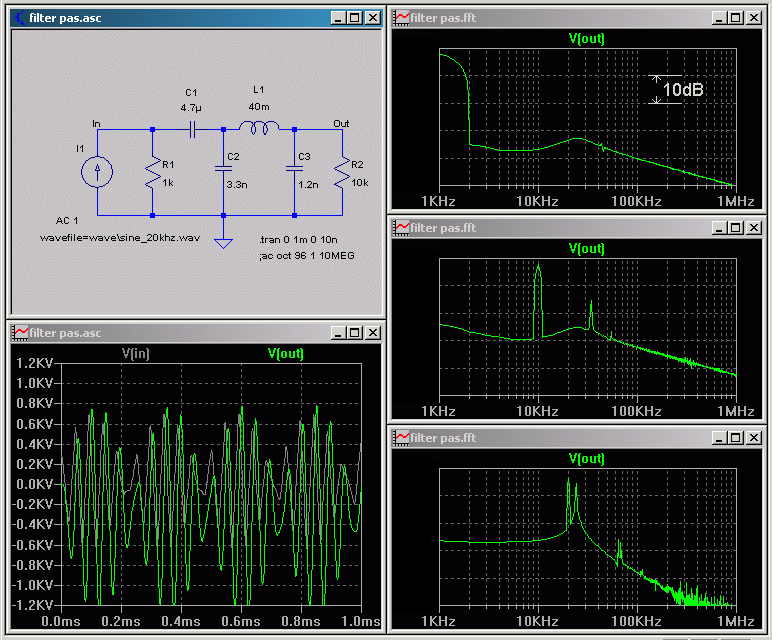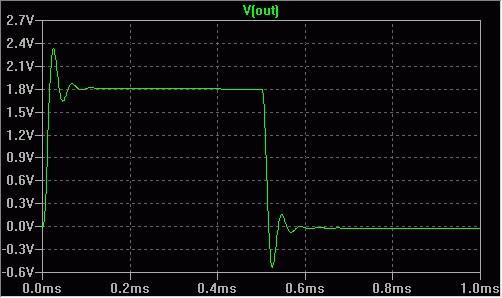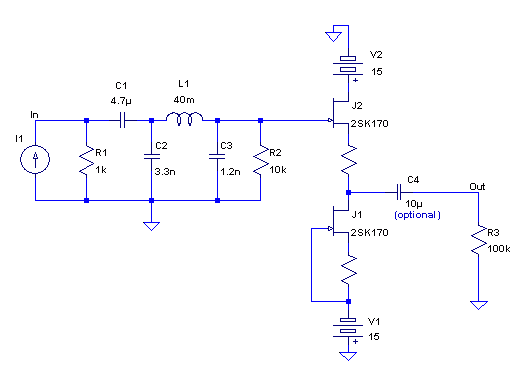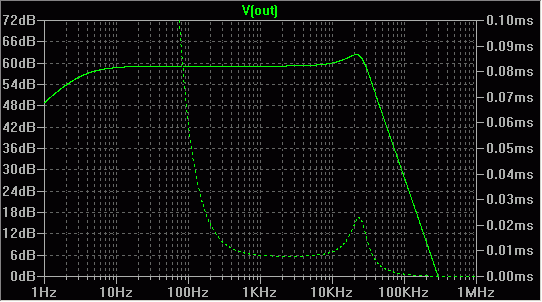|
Now, one graph which includes
frequency domain aspect of the filter, but with the group delay instead of
the phase. Seen this way, it is possible to understand the use of the bigger
coupling caps. While at 20 Hz the amplitude roll-off is 0.1dB (even if speakers
and room could reproduce it, it is inaudible), and while looking at the
phase error situation is still not bad at all, things, however, are not so
good if group delay is considered. This may be important, but again, this is
only one side of the thing. Get back to the topic - this graph is about
the peak in the group delay in the treble. It is directly related to the
peak in the amplitude. Actually, since the FET does not affect this anyway, graph also shows the response of the circuit shown at the top of
this page. |



